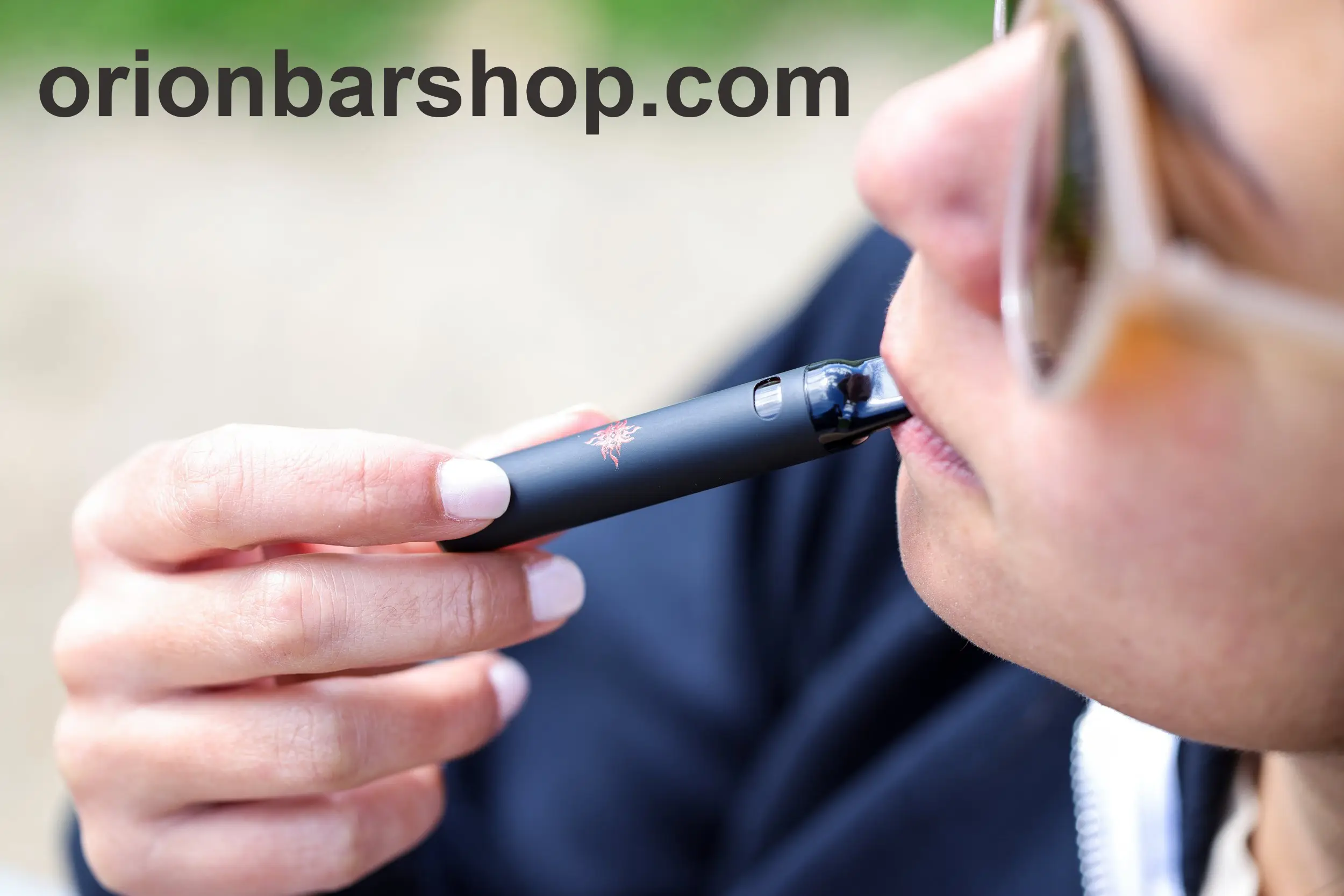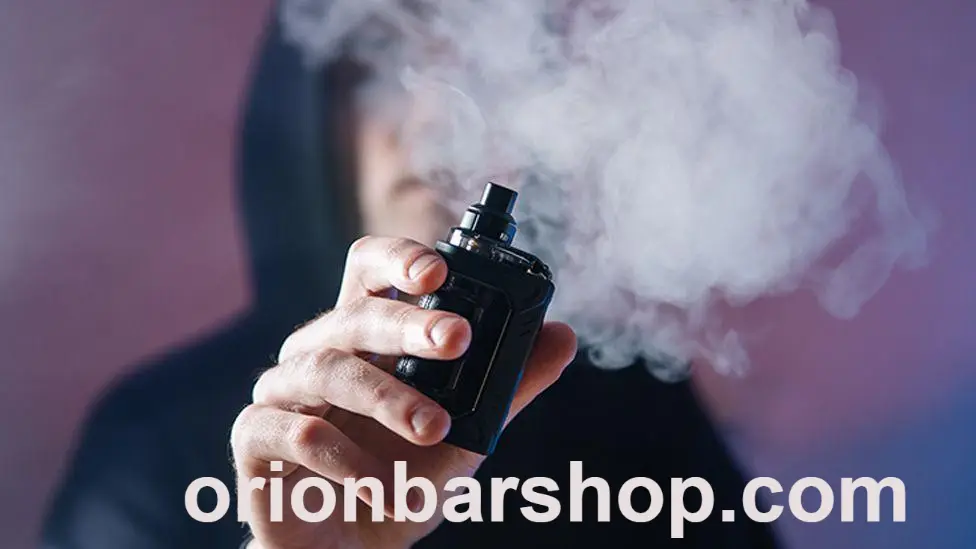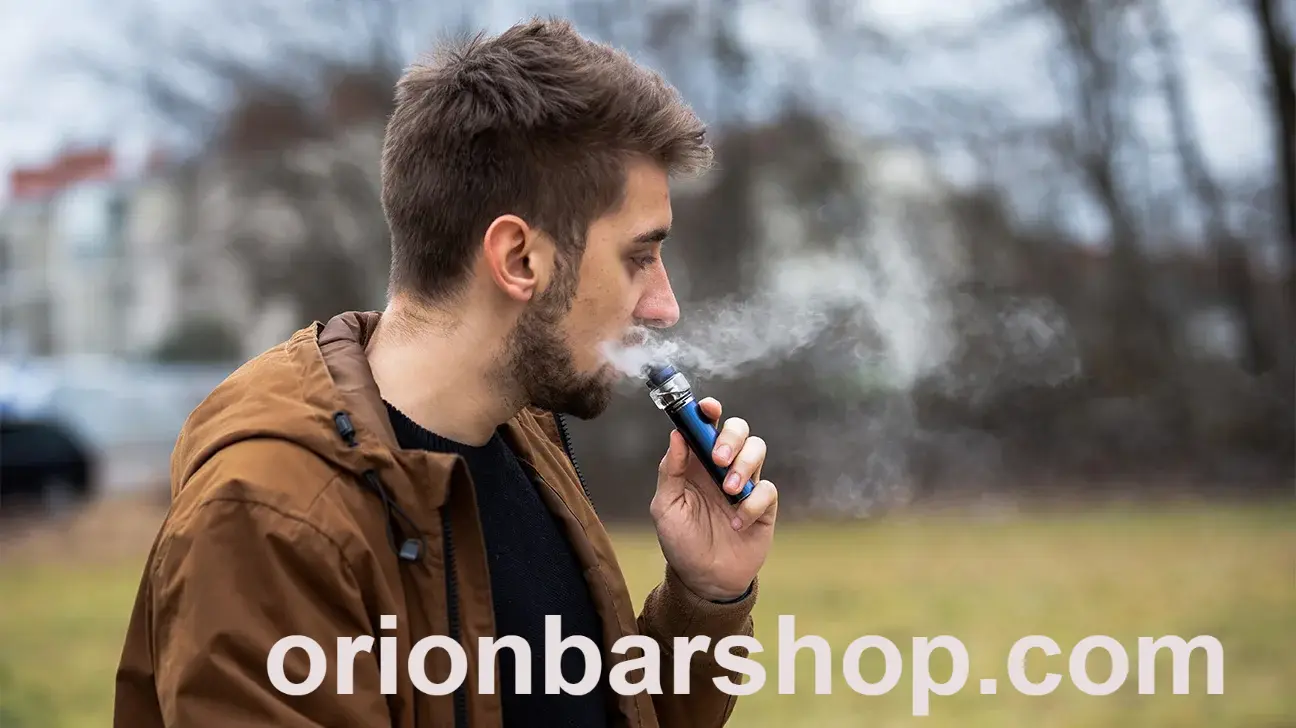The Evolving Vape Industry: Why Values Matter More Than Ever
As the global tobacco consumption landscape continues to shift, vapes have emerged as a powerful force in the consumer market. This rapidly growing sector is now impossible to ignore, but with its expansion comes a variety of rules and standards that are being quietly shaped. Understanding the global vape regulations is no longer just a matter of survival for businesses—it’s a strategic decision based on values.
The origin of vapes was rooted in the desire to improve the health of smokers and help them quit. For those suffering from the harmful effects of traditional cigarettes, vapes offered a glimmer of hope. But as the industry has evolved, it’s clear that it’s veering away from its initial mission.
While some companies push forward with lofty health-focused goals, others are caught up in the fast-moving currents of profit, leading to a rise in industry chaos. In a field brimming with opportunity and risk, it’s essential that all players understand and adhere to the right values to ensure the long-term health and sustainability of the industry.
The True Purpose of Vapes
When vapes first hit the market, their primary mission was to provide smokers with a harm-reduction alternative to traditional cigarettes. Designed to work by heating up a liquid, vapes turn that liquid into a vapor which users inhale. This process avoids the combustion of tobacco, significantly reducing the harmful chemicals that result from smoking. From the outset, vapes offered a potential solution to help smokers reduce their exposure to these dangerous substances, offering a less harmful way to enjoy a nicotine experience.
The promise of vapes as a safer alternative to cigarettes was quickly embraced by those seeking to quit smoking or reduce their health risks. At the time, this alternative seemed like a breakthrough—something that could potentially change the way we think about smoking. The belief was that by offering a less harmful option, the world could see fewer smoking-related diseases and deaths. Smokers could have an option that wouldn’t wreak havoc on their lungs and cardiovascular system.
However, as the vape industry exploded in popularity, the focus started to shift away from the initial goal of helping people quit smoking. As with any booming market, companies quickly recognized the lucrative potential of the industry and began to focus on ways to expand their consumer base. Unfortunately, this shift led some companies to forget the health-focused roots of vaping. Instead of positioning their products as a tool for smoking cessation, they began turning them into trendy accessories, focusing on aesthetics, flashy packaging, and appealing to a broader demographic.
The explosion of vape flavors was a critical turning point. Originally, the primary flavor offering was tobacco-flavored vapes, which were designed to mimic the taste of traditional cigarettes. However, to attract younger audiences, vape companies started offering an overwhelming variety of new, fun, and enticing flavors. Fruity, candy, and dessert-inspired options became commonplace, which, rather than helping people quit smoking, made vaping seem like a new, exciting activity—almost a lifestyle choice. These flavors made it much easier for younger people, especially teens, to become intrigued by vaping and even become regular users. As a result, the pool of young users swelled, and with it, the risk of nicotine addiction among this vulnerable group increased.
This shift, which diverted from the initial mission of harm reduction, has raised serious concerns. The availability of sweet, addictive flavors is no longer just a curiosity—it’s a cause for public health worry. The rise in youth vaping and nicotine addiction only further highlights how the industry has strayed from its core value of helping adults quit smoking. Now, the question arises: can the vape industry return to its roots and focus on health, or will it continue down the path of catering to a younger, less experienced audience?
The Rise of Compliance Standards
As vaping grew in popularity, it didn't take long for governments around the world to take notice and begin creating policies to regulate the burgeoning market. These regulations have been critical in attempting to protect consumers, particularly minors, from the risks associated with vaping. Governments have enacted a wide array of rules covering everything from product quality and safety to marketing and sales channels.
At the heart of these regulations is ensuring the quality and safety of vape products. Given the rapid growth of the market and the varying levels of product standards, many countries have set strict regulations regarding the ingredients, nicotine content, and additives used in vape products. For example, the European Union's Tobacco Products Directive (TPD) mandates that nicotine levels in vape liquids must not exceed 20 milligrams per milliliter and requires products to undergo stringent safety tests to ensure that they do not release harmful chemicals. These types of regulatory measures are crucial to ensure that the vape market doesn't turn into a free-for-all, with companies releasing potentially unsafe or substandard products to cash in on the popularity of vaping.
In terms of marketing, many countries have taken steps to prevent vaping products from being marketed to minors. In the U.S. and the U.K., for instance, advertisements that target underage individuals are strictly prohibited. Additionally, companies are required to clearly disclose information about the risks of nicotine addiction and the potential health implications of using their products. This transparency is essential for consumers to make informed choices, as it allows them to fully understand the risks associated with vaping.
Sales regulations have also become more stringent. Many regions now require age verification before a purchase can be made, ensuring that minors are unable to access vape products. Some countries have even gone a step further, banning online sales altogether in an attempt to curb underage vaping. These measures are important not only for protecting young people but also for maintaining the integrity of the vape market.
The Importance of Upholding the Right Values
As the vape industry continues to evolve, one thing remains clear: companies must prioritize health and safety above all else. To build a lasting, sustainable business, vape manufacturers need to stay focused on developing products that help smokers quit, rather than simply trying to expand their market share. This involves investing in technology that can reduce the levels of harmful substances in vape products while making it easier for people to quit smoking. Some companies have already taken steps in the right direction, producing zero-nicotine options to support smokers who are trying to wean themselves off nicotine altogether. This type of innovation is exactly what the industry needs to maintain its focus on health and safety.
But prioritizing public health doesn’t stop at product development—it extends to the way companies market and sell their products. Vape companies must avoid targeting young audiences with flavors that appeal to minors. By focusing on providing helpful products for adults trying to quit smoking, and avoiding the use of flashy, gimmicky marketing techniques, the industry can help ensure that it is supporting public health in the right way.
Social responsibility is key. Vape companies should play an active role in educating consumers—especially young people—about the risks of smoking and vaping. They can do this by supporting public health campaigns, funding research into smoking cessation, and working with schools and communities to promote healthy choices. Encouraging responsible use of vape products and keeping them out of the hands of minors should be a top priority for every company involved in the industry.
Ensuring a Sustainable Future for Vaping
The future of the vape industry will ultimately depend on how well it can balance market demands with the responsibility to prioritize public health. To achieve long-term success, companies need to continually innovate and improve their products, reducing the risks associated with vaping and maximizing their effectiveness in helping people quit smoking. Strong industry self-regulation will be key to this process, as it ensures that companies adhere to ethical marketing practices and do not mislead consumers about the risks of vaping.
The global market offers vast opportunities for growth, but with that comes the responsibility to navigate a wide variety of local regulations. Companies that can successfully adapt to the legal landscape in different regions will be better positioned for sustainable growth. By focusing on public health, prioritizing safety, and adhering to global standards, companies can contribute to the overall success of the vaping industry while maintaining consumer trust.
In the end, the future of vaping is not just about profits. It’s about staying true to the core values that initially sparked the creation of vapes: providing a safer alternative to smoking and improving public health. If the industry can remain focused on these values, it has the potential to thrive while making a positive, lasting impact on society.
By returning to these principles, the vape industry can be an essential part of the solution for smokers trying to quit, while ensuring that the next generation is not caught in the web of nicotine addiction. The balance between business success and public health is not only possible but necessary for a truly sustainable future in the vape industry.

